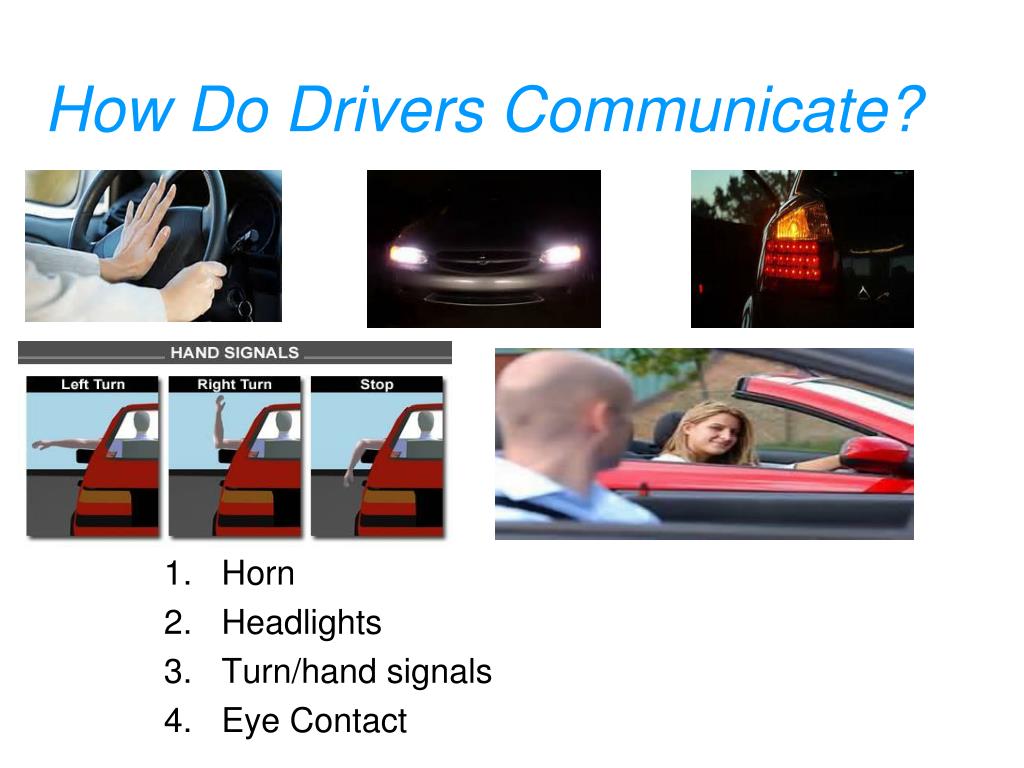You always want to know the other driver sees you, and this rule will provide you with some ways to make sure they do. Use your lights and horn when necessary to let others know you are there. If you make eye contact with another driver, there is perhaps less chance he will pull out in front of you or make some other error that infringes on your space (although you cannot count on that.) Even more likely, if you are looking at the other driver, and he is NOT looking at you, then you know there is an increased possibility he might not be aware of your presence. But WAIT, there’s MORE!
Back in the “olden” days, it was customary when you wanted to pass someone to quickly flash your lights to let them know you were coming around. In fact, that practice is still memorialized in law in many states: if a driver approaching from the rear flashes his lights or uses the horn to communicate his intention to pass, the driver of the vehicle being overtaken is often required by law to give way to the right, and not increase the speed of his vehicle until the other driver’s pass is complete. I think it’s funny how things change over the years. If you do that same thing today, the other driver will likely think you’re a jerk, and oftentimes go out of his way NOT to “give way.” About the only folks that practice that kind of courtesy today are the truck drivers; they routinely signal each other when passing, and they even flash their lights—often in unique or “signature” ways—to say thanks.
While you are driving, there are other ways to “communicate.” Position yourself in a lane (left or right) so others can see you. Don’t drive in other drivers’ blind spots. When approaching a signal light, for example, move to the right side of your lane so that oncoming left turners can see you even if traffic ahead and in the lane to your left partially blocks the view.
Make sure to signal ALL turns. Despite what you might think, signaling is not always required by law. In my state, for example, a signal is required whenever your turn or lane change might affect other traffic. If no one is around, you don’t have to signal, legally. Of course, as a defensive driving practice, you should always signal. You want to create the habit so that when you DO need to signal, you don’t forget.
Make certain that your brake lights are functioning properly (and all your other lights, for that matter). Much of another driver’s reaction time might be consumed if your brake lights don’t alert them to the fact you are slowing or stopping—and they may not be left with enough space to avoid hitting you once they see you are stopping. I often tap my brakes once or twice before I apply them, so that the flashing brake lights alert the following driver that I am about to slow. Any time I see someone coming up quickly behind me, I’ll flash my brake lights a few times to grab their attention. Remember that many folks are not looking much farther than the end of their hood.
With all of these tips, you communicate your presence and intentions to other drivers and help them avoid colliding with you. And that’s ALWAYS a good thing!

